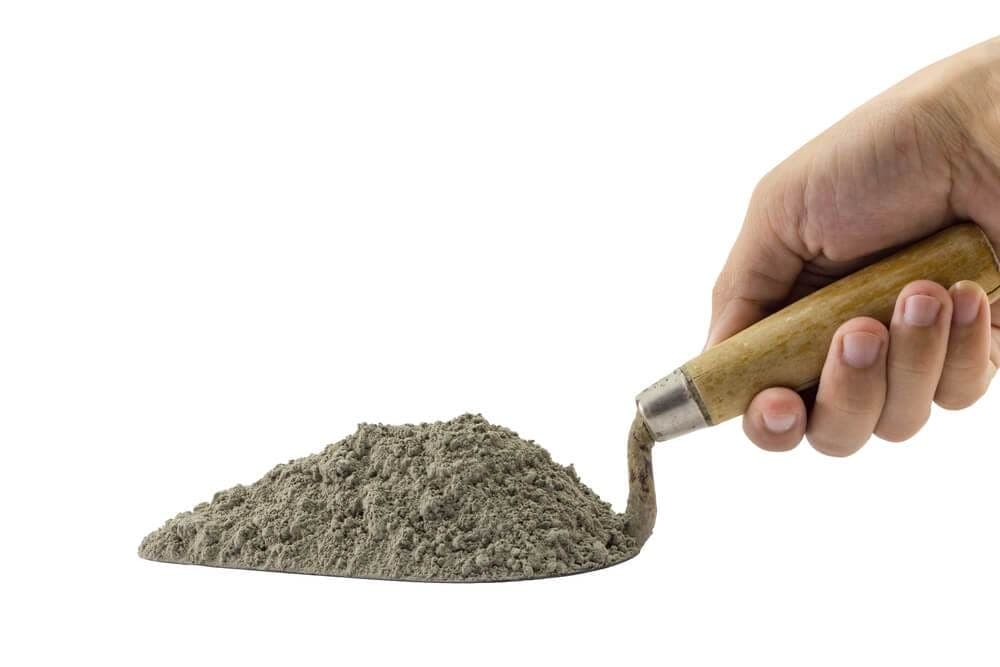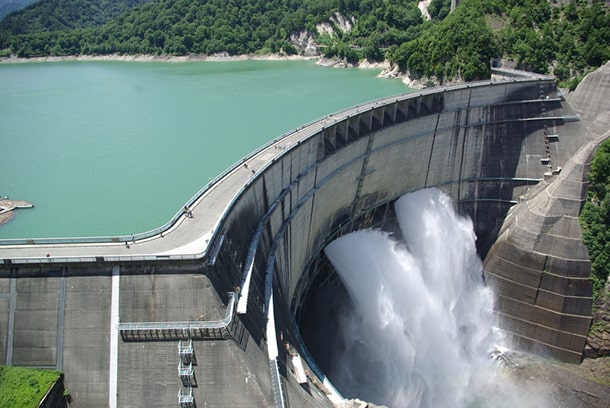
With increasing awareness of global warming and its adverse effects on the environment, the world is shifting towards eco-friendly technologies and materials. The construction industry accounts for a significant contribution in the global warming effect. The cement is an important material in the building construction. The production of cement releases carbon dioxide in the atmosphere, which is undesirable. Hence, the cement manufacturers are now opting for eco-friendly alternatives.
The Portland slag cement is one such cement, which uses blast furnace slag in the production of cement. Hence, during production, the amount of carbon dioxide released in the atmosphere will be reduced. The portland slag cement has many advantages over ordinary portland cement (OPC).
Here we have given brief information on portland slag cement, its advantages and its applications, which a homeowner must know before constructing a house.

Portland slag cement (PSC) is also known as blast furnace cement and more commonly known as PSC cement. It is manufactured by grinding Portland cement clinker, gypsum and round granulated blast furnace slag. It is generally constituted of 40-45% Portland cement, 40-45% slag and 3-5% gypsum.
Slag is a by-product of the manufacture process of pig iron. It is a mixture of lime, aluminate and silica, which are the main components of OPC. The slag shows cementitious properties when it reacts with water. Hence, the by-product can be easily blended with OPC to produce PSC cement.
Advantages of Portland Slag Cement
The advantages of portland slag cement over ordinary Portland cement are as follows:
- PSC has good compressive strength comparable to OPC in long-term and hence is less permeable and more durable as compared to OPC.
- PSC is smooth powered cement, which is nearly white in colour. Due to its white colour, it may be used in applications where the aesthetics of the structure is important. As it has a smooth surface, dirt does not adhere to it easily and hence it helps in reducing the maintenance cost of the structure.
- The addition of slag in cement helps in increasing the setting time, which allows concrete to set properly and avoid crack formation.
- It releases less heat of hydration and hence can be used in mass concreting construction projects.
- The blast furnace cement is very fine and hence concrete made by using it will have less permeability, which ultimately helps in increasing the durability of the structure.
- Due to fine particles, PSC cement provides a smoother surface as compared to OPC. Such smoother surface may require less finishing and may absorb less amount of paint.
- The slag in PSC prevents the occurrence of efflorescence, as it has lower lime content and less permeability.

Image Courtesy – Concretecountertopinstitute
- It has more workability for a given slump, as compared to OPC. Hence, casting such concrete is easier.
- PSC has more resistance towards chemicals, alkalis, soil agents, acidic compounds, sulphates and chloride. Therefore, it provides protection to reinforcement against corrosion.
- Slag is a by-product that is easily available from the industries. Due to its easy availability, it is less expensive as compared to OPC. As such, there is a disposal problem.
Applications of Portland Slag Cement
- Portland slag cement is used in all types of residential construction, commercial construction and industrial construction.
- As it has a low heat of hydration, PSC cement is used in the case of mass concreting such as dams, bridge piers, caissons, foundations, etc.

Image Courtesy – Afriqueconfidentielle

Image Courtesy – Markhamglobal
- It is extensively used in marine structures, offshore construction, underwater construction and underground construction due to its less permeability. The sewerage and water supply system pipes can be made using blast furnace cement.
- PSC may also be used in concrete construction, which is exposed to chemicals regularly, due to its higher resistance towards chemicals.
- It is also used in sub-structures, bored piles, and piles in the soil, which has a higher content of chloride and sulphates.
- It is also used in pre-cast concrete construction, paver blocks, concrete roads, flyovers, etc.
The use of slag in the cement has helped in decreasing the footprint of carbon in the atmosphere along with increasing the durability of the structure. From the economic point of view, the portland slag cement is less expensive, and hence contractors are encouraged for its use in construction.
The popular manufacturers of blast furnace cement in India are as follows:
Also Read:
15+ Types of Cement Used in Modern Construction
Things to Keep in Mind Before Purchasing Cement
How do I Check the Quality of Cement at Site?
Pozzolanic Materials: Eco-Friendly Substitute of Cement Ingredient





































